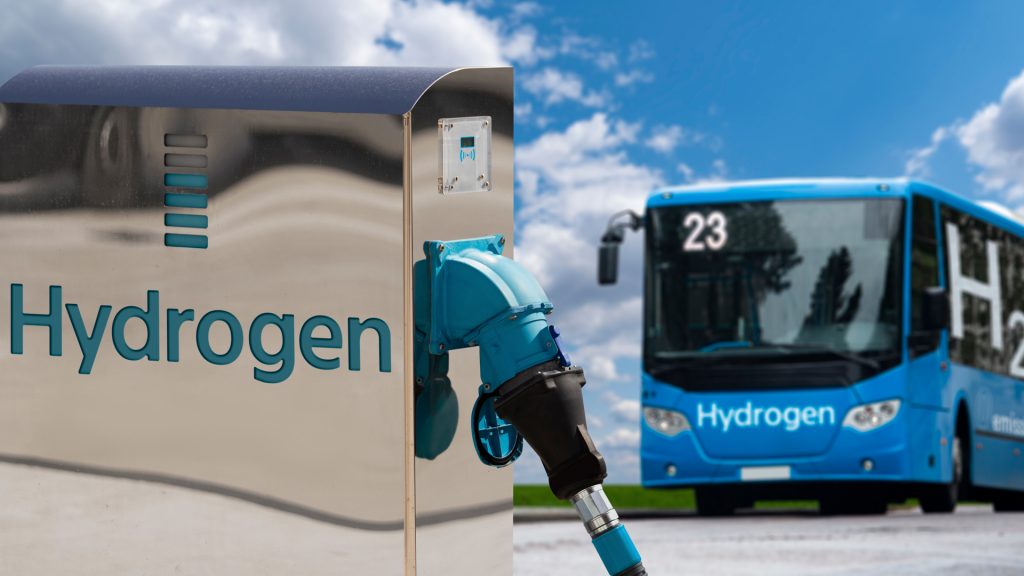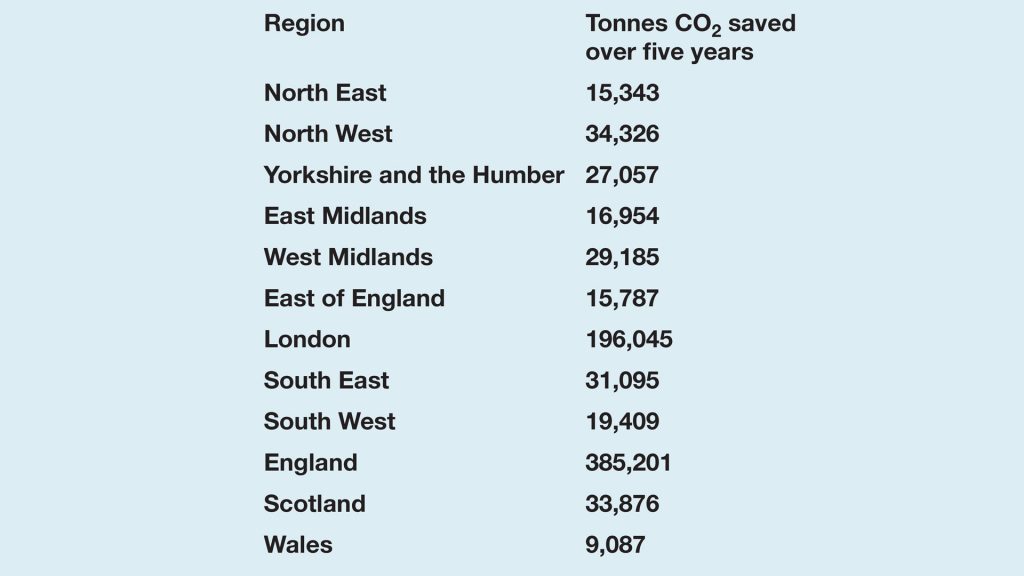Brian Foster, Head of Industry Finance at Siemens Financial Services, UK, discusses how hydrogen fuel cell vehicles could be financed in order to play a role in Britain’s zero carbon future.
Much is made of the electrification of the UK’s transport system. However, there is a quieter, but no less significant, revolution happening in another area of clean transport – namely, hydrogen fuel cell vehicles. These vehicles have no waste product other than water vapour, are quick to refuel, and have a range between refuelling of hundreds of miles (for a bus, typically 200-250 miles).1
In a hydrogen fuel cell, the clean burning compressed gas is converted first to electricity and then powers the bus, train, or even aircraft or ship engine.2 So the likely mainstream solution may be hybrid vehicles that can either take electric power from a direct source or generate it from hydrogen combustion.
While the exact balance between grid-based electric power and hydrogen-based electric power is yet to be determined, what is abundantly clear is the fact that grid-powered and hydrogen-powered electric vehicles (EVs) will rapidly replace fossil fuel engines. Electric vehicles have far fewer moving parts and therefore offer a cost-of-ownership advantage over time because of their massively reduced maintenance costs. It is not surprising then, that a massive investment has already gone into electric and hybrid vehicle fleets.
The importance of a hydrogen-fuelled future is neatly summarised by the European Union’s Mobility and Transport unit, which notes: ‘Hydrogen and fuel cell technologies were identified amongst the new energy technologies needed to achieve a 60% to 80% reduction in greenhouse gases by 2050 in the European Strategic Energy Technology Plan presented along with the Energy Policy Package.’3

The breakthrough for hydrogen appears to be mainly happening in the field of transport, specifically buses
Hydrogen buses
The breakthrough for hydrogen appears to be mainly happening in the field of transport, specifically buses. Hydrogen buses have been running routes in London since 2015 – eight hydrogen buses on the RV1 route with five refuelling stations ran for eight years clocking up over a million miles. The world’s first hydrogen-powered double decker buses are to be working in Aberdeen this year,4 assuming no interruption from the COVID-19 crisis. This follows the city’s successful JIVE sponsored hydrogen bus project. Glasgow has also announced hydrogen bus initiatives within its overall clean transport investment plan.5 Wrightbus is now making the case for a £500m package from the government’s National Bus Strategy fund to help stimulate the UK’s hydrogen industry and support its plans to build at least 3,000 hydrogen buses by 2024.6
Financing future developments
This planned development of hydrogen and electric fuelled transport is all well and good – but the question remains, how is it to be financed? The COVID-19 crisis has put enormous pressure on the Exchequer and, in any case, public capital is usually focused on pilot projects rather than full roll-out. Most green policymakers and consultants agree that private sector finance is critical to the creation of green, smart public services and cities.7
Siemens is directly pushing the hydrogen issue: it is one of 40+ companies that have written to the Chancellor calling for clearer hydrogen strategy; collectively the companies have stated themselves ready to invest £1.5bn in hydrogen fuel projects.
To give readers a sense of the carbon emissions benefit for conversion of the national bus fleet to grid-powered and/or hydrogen-powered EVs, the report ‘Smart Financing and the road to zero’ (2021) has modelled the carbon reduction gained from converting just 25% of the current fleet.
The UK Bus Fleet: grid-powered or hydrogen-powered EVs – the carbon benefit of 25% Conversion

The chart illustrates the benefits gained and underlines the importance of harnessing private sector capital to fund these acquisitions so that daunting capital expenditure is converted into a manageable monthly payment which does not tie up (or freeze) precious public funds.
Private sector finance
In the light of economic pressures, private sector finance is essential to the great ‘green project’. So what does that financing support need to look like? And where will it come from? First, it will tend to come from financiers who have an intimate understanding of the technology and its applications/benefits in real life. These financiers will likely offer a range of financially sustainable financing methods which address the multiple needs of green transport development. This will include finance to acquire the vehicles; finance that funds the development of charging or fuelling infrastructures; and financing that allows existing networks to continue to run as new ones are tested and set up, but without having to pay for both at the same time. In big schemes, some financiers may even be prepared to build in targets that include environmental outcomes – such as improvement in air quality or energy consumption. The most appropriate financiers will also tend to have a track record of commitment and expertise in the area, whether that is financing the infrastructural development of smart cities or a deep existing involvement in electric vehicle and charging infrastructure finance.
A hybrid approach
In short then, we can expect to see investment in electrification continue, but a hybrid approach, which combines electric with hydrogen, is seen by most policymakers and interest groups as the most cost-effective green transport strategy for both road and rail. The green transport sector will rely on a healthy supply side that is highly competitive, but also commercially sustainable, and smart finance plays a key role in making that possible. A healthy and strong supply chain ensures reliable supply, and the ability to provide added value to the buyside transport companies and – ultimately – their customers (us, the citizens!).
You can access the research here.
References
- Fuel-cell Electric Buses, UK to become pioneer in the development of hydrogen fuel cell buses, 29 Apr 2020
- Hydrogen trains are being rolled out throughout Europe, are part of EC and UK government policy – mainly in partnership with electric. Alstom launched the first hydrogen train in 2018. ZeroAvia is developing hydrogen fuelled aircraft to address this high-polluting of mode of transport
- European Commission, Hydrogen and fuels cells for transport, 29 Sep 2020
- Evening Express, First double decker hydrogen buses to hit Aberdeen streets, 5 Mar 2020
- The Herald, Glasgow hydrogen bus plan unveiled, 28 Apr 2020
- Air Quality News, Wrightbus announce plans for 3,000 hydrogen buses, 1 May 2020
- See, for instance, HM Treasury and the Department for Business, Energy and Industrial Strategy (BEIS) ‘Green Finance Strategy’
Brian Foster
Head of Industry Finance
Siemens Financial Services, UK
Tweet @Siemens_SFS
new.siemens.com/uk/en/products/financing/asset-finance/bus-and-coach-finance/funding-hydrogen-and-electric-veichles.html
Please note, this article will also appear in the sixth edition of our quarterly publication.





